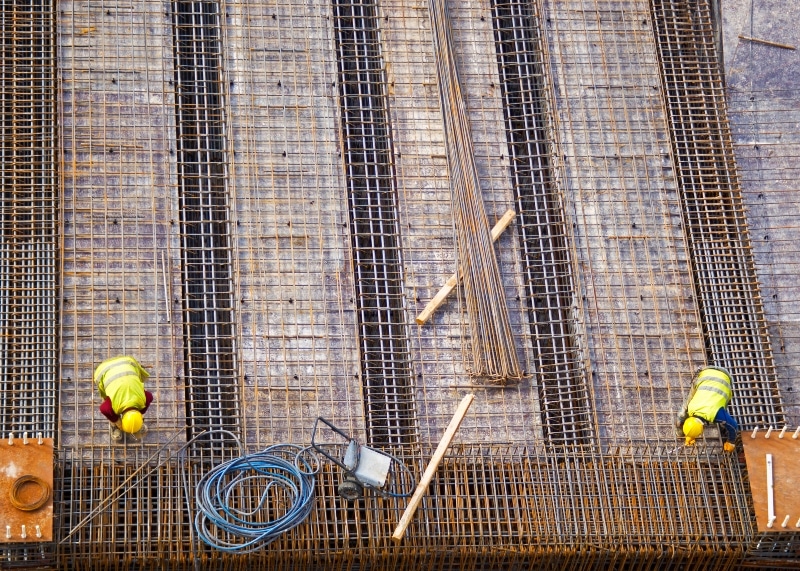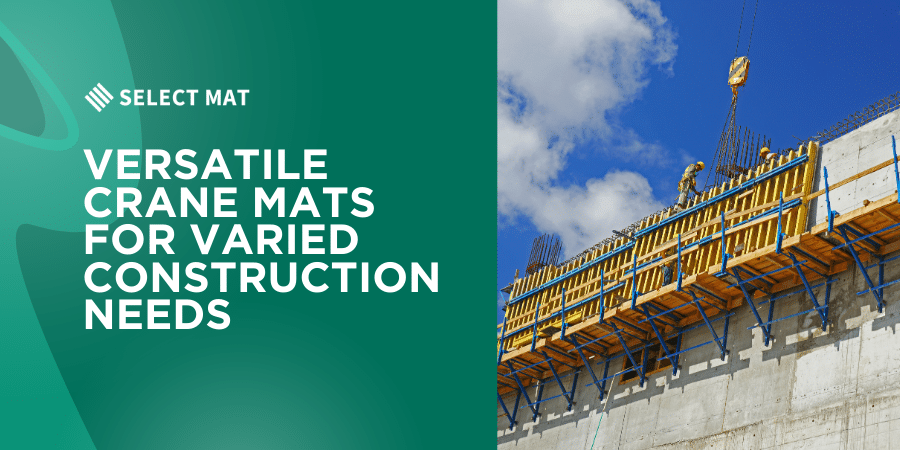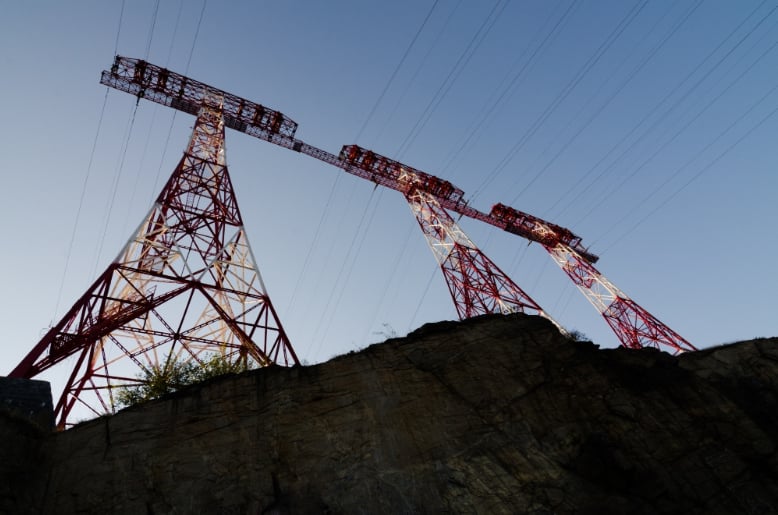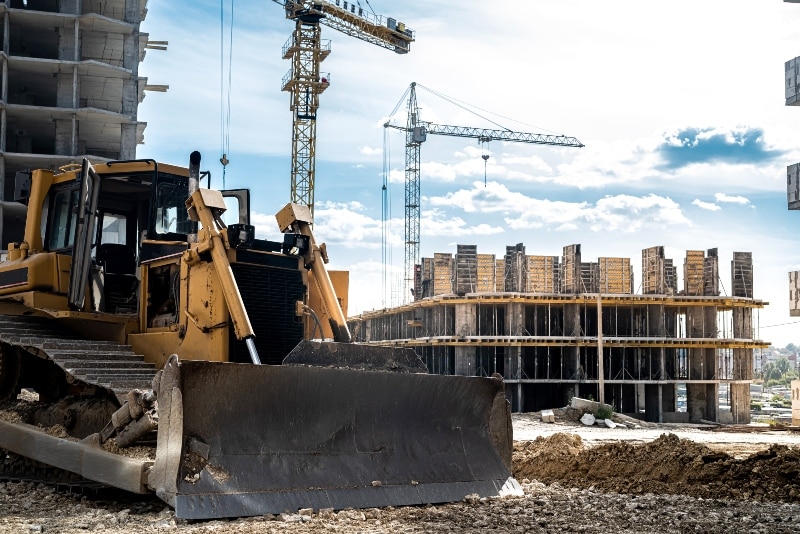When it comes to executing construction projects—especially in the pipeline and transmission & distribution (T&D) sectors—choosing the right construction mats can make all the difference. With various options available, the decision between renting and buying mats can be pivotal to your project’s success. This comprehensive guide will highlight the benefits of renting construction mats, explore various mat types, and offer insights on navigating the rental process from start to finish. Let’s delve into how renting can be a strategic advantage for your operations.
Why Renting Construction Mats Makes Sense
Flexibility and Cost-Effectiveness
Renting construction mats provides immediate benefits, primarily flexibility and cost-effectiveness. For most construction projects, particularly those that are temporary in nature, renting mats can facilitate significant savings. Here’s why:
- Flexibility in Selection:
• Renting mats gives project managers and key decision makers the freedom to select the most appropriate mat for any given project.
• Most projects require versatile mats, and renting offers the advantage of accessing diverse types tailored to specific application needs.
- Lower Upfront Costs:
• The initial expense of purchasing mats can heavily impact your budget.
• Opting to rent mats allows you to reallocate funds towards other essential project needs, thereby managing resources more effectively.
- Freedom from Long-Term Commitment:
• Rental options eliminate the burden of ownership, granting you the flexibility to choose mats based solely on your project’s unique requirements.
• At the end of your project, you can return the equipment without the hassle of managing long-term assets.
Adaptability to Changing Project Conditions:
As projects evolve, so do the demands in terms of mat functionality and suitability. Renting enables you to switch between different types of mats to address changes in terrain conditions or machinery specifications, ensuring seamless operations as your project develops. Maintenance and Storage Savings
Owning mats requires ongoing maintenance and storage, which can add costs and complexities. When you rent:
- No Maintenance Concerns: Rental companies manage the upkeep of mats, ensuring you receive equipment in excellent condition without the hassles of maintenance.
- Space Savings: Renting eliminates the need for storage facilities for mats when they’re not in use, freeing up space on your site or in your organization. Mats take up a lot of space. Therefore, as mats sit and wait for the next project, storage costs can dramatically increase the cost of an initial project where mats were purchased.
Access to Quality Mats
Rental companies frequently update their inventory to maintain uplift parameters and structural integrity.
- High-Quality Mats: Many rental options utilize multiple types of materials and different construction methods. This means you can utilize the best mat for the project without having to invest in expensive purchases.
Understanding Mat Options: What You Need to Know
Construction mats come in several varieties, each designed for specific conditions and applications. Here are the primary types of construction mats you should consider in your rental process:
1. Laminated Mats
Overview: Laminated mats are engineered to provide durability and cost-effectiveness, making them an excellent choice for projects involving rubber-tired vehicles on uneven terrain.
Benefits:
- Cost-effective: These mats offer a reliable solution without breaking the bank.
- Versatile Use: Ideal for various environments, laminated mats perform well across many project types.
Best Used For: Projects where budget constraints are significant, and versatility is required.
Downside: Laminated mats do not last long (3-months to 2 years depending on application). When weighing the cheaper up-front cost, you will need to determine what the disposal cost will be to understand the overall project’s economics.
2. CLT Mats (Cross-Laminated Timber)
Overview: CLT mats are engineered with wood adhesive to enhance stiffness and eliminate gaps between layers.
Benefits:
- Strength and Durability: Engineered for superior load-bearing capacity.
- Sustainable Option: Made from renewable timber sources (pine).
Best Used For: Light-duty applications where stability is needed but no critical lifts are being performed. Best for wheeled and rubber tracked equipment.
Downside: CLT’s are not all made the same. You must know the manufacturer to assess the glue/bond strength.
3. Composite Mats
Overview: Composite mats are designed to withstand various challenging terrains and heavy equipment loads.
Benefits:
- High Durability: Resistant to wear and tear, suitable for various environmental conditions.
- Lightweight and Easy to Handle: Facilitates quick installation and removal.
Best Used For: Both construction sites and temporary roads, especially when access to equipment deployment is vital. Creating floating access across still or slow-moving bodies of water. Any application in environmentally sensitive areas as composite mats can be washed thoroughly without the risk of cross contamination of seeds, spores, fungi, etc.
Downside: Upfront and replacement costs. Purchasing composite mats or replacing damaged beyond repair (DBR) composite mats can be very costly. To mitigate risk, it is best to get the mat company to install and take on the risk of attrition.
4. Timber Mats
Overview: Timber mats are robust, making them a perfect choice for wet and rugged environments.
Benefits:
- Excellent Weight Distribution: Reduces ground pressure, preventing soil damage.
- Natural Resilience: Resistant to the elements, ensuring longevity even in harsh conditions.
Best Used For: Construction sites in marshy or wetland areas where stability is a concern.
Downside: Cost of transportation can play a major factor in the overall project economics. Cost of transportation into a project might not be equal to cost out. Like all wood products, they pick up water and soil throughout the duration of a project, making them heavier on the way out of a project; thus, reducing the number of mats per truck that can be legally hauled.
5. Crane (and Bridge) Mats
Overview: Heavy-duty mats designed explicitly for stabilizing cranes and heavy machinery. These are the workhorses of the heavy lift industry.
Benefits:
- Stability for Heavy Loads: These mats distribute weight evenly, providing a safe operating platform for cranes.
- Enhanced Safety: Reduces the risk of equipment tipping or sinking.
Best Used For: High-pressure lifting operations, particularly on unstable or soft ground.
Downside: Same as timber mats, the cost of transportation needs to be taken into consideration. Typically limited to 40’ in length for any bridging application.
6. Pipeline Skids
Overview: Pipeline skids are specialized solutions used to elevate and protect pipelines during construction.
Benefits:
- Protection from Damage: Prevents pipeline contacts with the ground, reducing abrasion and risk of damage.
- Facilitates Installation: Simplifies the process of laying pipelines in challenging terrains.
Best Used For: Pipeline construction projects where elevation is necessary for both safety and functionality.
Downside: Quantity needed to start a project can be high. This adds to the upfront cost of starting a project before any work is completed.
Navigating the Rental Process: A Step-by-Step Guide
Once you have identified which mats you need, navigating the rental process can seem daunting. Here’s a straightforward guide to help you make your way through it efficiently:
Step 1: Define Your Project Needs
Start by outlining your project requirements:
- Terrain Type: Assess the specific conditions of your job site to determine which mats are best suited for the application.
- Load Requirements: Identify the weight of equipment that will operate on the mats.
- Rental Duration: Estimate how long you’ll need the mats to determine rental terms.
Step 2: Research Rental Companies
Look for reputable rental companies specializing in construction mats. Here’s what to consider:
- Industry Experience: Companies with strong backgrounds in civil construction, pipeline construction and T&D projects will better understand your needs.
- Inventory Range: Make sure they offer a variety of mats suitable for diverse applications.
- Customer Service: Excellent customer service can facilitate a smoother rental experience.
Step 3: Request Quotes
Contact selected rental companies to request quotes based on your project needs. Be clear about:
- Specific Mat Types: Specify the types of mats needed and quantities.
- Rental Duration: Offer as much detail as possible about the expected rental timeframe.
Step 4: Evaluate Options
Compare the quotes you receive, looking beyond just cost. Consider:
- Mat Quality: Ensure the mats are in good condition.
- Rental Terms: Thoroughly read the rental agreements regarding minimum rental days, in and out mat delivery, maintenance responsibilities, and return processes.
Step 5: Place Your Order
Once you’ve made your decision, place your order with the rental company of your choice. Confirm:
- Delivery Details: Ensure you understand when and how the mats will be delivered to your site.
- Point of Contact: Designate a person on your team to liaise with the rental company throughout the process.
Step 6: Inspect Upon Arrival
When your mats arrive, conduct a thorough inspection:
- Condition Check: Ensure that all mats are in good condition and meet safety standards.
- Inventory Check: Verify that the number of mats delivered matches what you ordered. A reputable mat company will take pictures of each of the loads that arrive to the location for documentation.
Step 7: Deployment and Usage
As the project progresses, utilize the mats effectively. Adhere to:
- Installation Guidelines: Follow recommended installation practices provided by the rental company.
- Regular Inspections: Monitor mats for any signs of wear or damage throughout the project. It’s important to identify any shift in mats or changing soil underlayment and address it right away to avoid safety incidents.
Step 8: Return Process
At the end of your rental period, coordinate the return of the mats:
- Cleaning and Maintenance: Follow the rental company’s cleaning protocols before returning. Remember the dirtier they are the more costly the trucking will be.
- Final Inspection: Conduct a last evaluation of the mats to report any issues prior to return.
Step 9: Feedback
After the rental period, provide feedback to the rental company. This ensures they continue to improve services and helps you build a relationship for future projects.
Key Questions to Ask Your Mat Rental Company
When evaluating potential rental companies for construction mats, asking the right questions can help you gain crucial insights about their services, the condition of their equipment, and their ability to meet your project needs. Here’s a list of essential questions to guide your conversations with rental providers:
1. What Types of Construction Mats Do You Offer?
- Why Ask: Understanding the range of mats available allows you to select the type best suited for your specific project needs.
- What to Seek: Confirm the availability of laminated mats, CLT mats, composite mats, timber mats, and crane mats to ensure you can source all necessary types in one place.
2. How Do You Maintain Your Mats?
- Why Ask: The condition of the equipment can significantly impact safety and efficiency on-site.
- What to Seek: Inquire about the maintenance schedule for their mats, including how often they are inspected, cleaned, and repaired. A well-maintained supply means fewer operational issues during your project.
3. Can You Provide References or Case Studies?
- Why Ask: Hearing from previous clients can give you insight into the company’s reliability and quality of service.
- What to Seek: Request references or case studies that demonstrate their capability, particularly on projects similar to yours. Look for testimonials that highlight their responsiveness and customer support.
4. What Are Your Rental Terms and Conditions?
- Why Ask: Understanding the rental agreement is vital to avoid unexpected expenses or obligations.
- What to Seek: Clarify all terms related to the rental duration, delivery and pickup schedules, maintenance responsibilities during the rental period, and conditions for early returns or extensions. Ensure you understand any potential additional fees.
5. How Do You Handle Damage or Loss?
- Why Ask: Knowing how the rental company manages incidents helps you plan for any unforeseen circumstances.
- What to Seek: Inquire about the policies regarding damaged or lost mats, including any associated costs and the process for reporting and addressing such issues.
6. What Is Your Delivery and Pickup Process?
- Why Ask: Timely delivery and pickup are essential for project scheduling.
- What to Seek: Confirm how the company handles deliveries, including lead times, where mats will be dropped off, and pickup procedures when your rental period ends. Consider also asking if they offer same-day delivery or emergency services.
7. What Safety Standards Do You Follow?
- Why Ask: Safety is critical in construction environments, and knowing the company’s approach can impact your site’s compliance with regulations.
- What to Seek: Ask about their safety protocols, including those followed during the rental process and any certifications they possess. Ensure they comply with industry safety standards.
8. Can You Provide Installation Support?
- Why Ask: Efficient installation is crucial to the performance of the mats on-site. Additionally, most mat companies allow for some attrition when they install their mats. Self-installation by the user, typically does not allow for any attrition when mats are damaged.
- What to Seek: Check whether the rental company provides installation services or guidance. Some companies may offer resources or staff assistance, which can be valuable if your team is inexperienced with mat deployment.
9. What is Your Policy on Seasonal Rental Rates?
- Why Ask: Rental prices can fluctuate based on demand, particularly in peak seasons (Mid-January to the end of May and from Mid-September to Thanksgiving) .
- What to Seek: Inquire whether they have standard rates throughout the year or if prices vary seasonally. Identifying this ahead of time will help you budget more accurately for your project.
10. What Are Your Payment Options?
- Why Ask: Understanding the company’s payment structure can simplify financial planning.
- What to Seek: Ask about payment methods, whether they require deposits, and what payment terms they offer. Clarifying these details can prevent misunderstandings later in the rental process.
11. How Do You Address Environmental Concerns?
- Why Ask: Construction projects often have environmental implications; knowing the rental company’s practices can assist in regulatory compliance.
- What to Seek: Ask about their policies regarding sustainable practices, how they dispose of damaged mats, and any environmental certifications they might hold.
Conclusion
Navigating construction mat rental options from start to finish doesn’t have to be overwhelming. By recognizing the numerous benefits of renting over buying, understanding the available mat types, and following a structured approach to the rental process, you can ensure that your pipeline and T&D projects run smoothly, safely, and efficiently.
Remember, the right construction mats are more than just tools—they’re essential components that help you create a solid foundation for success. Embrace the flexibility and reliability that renting construction mats provides, and set your projects up for a successful execution. Contact Us.




